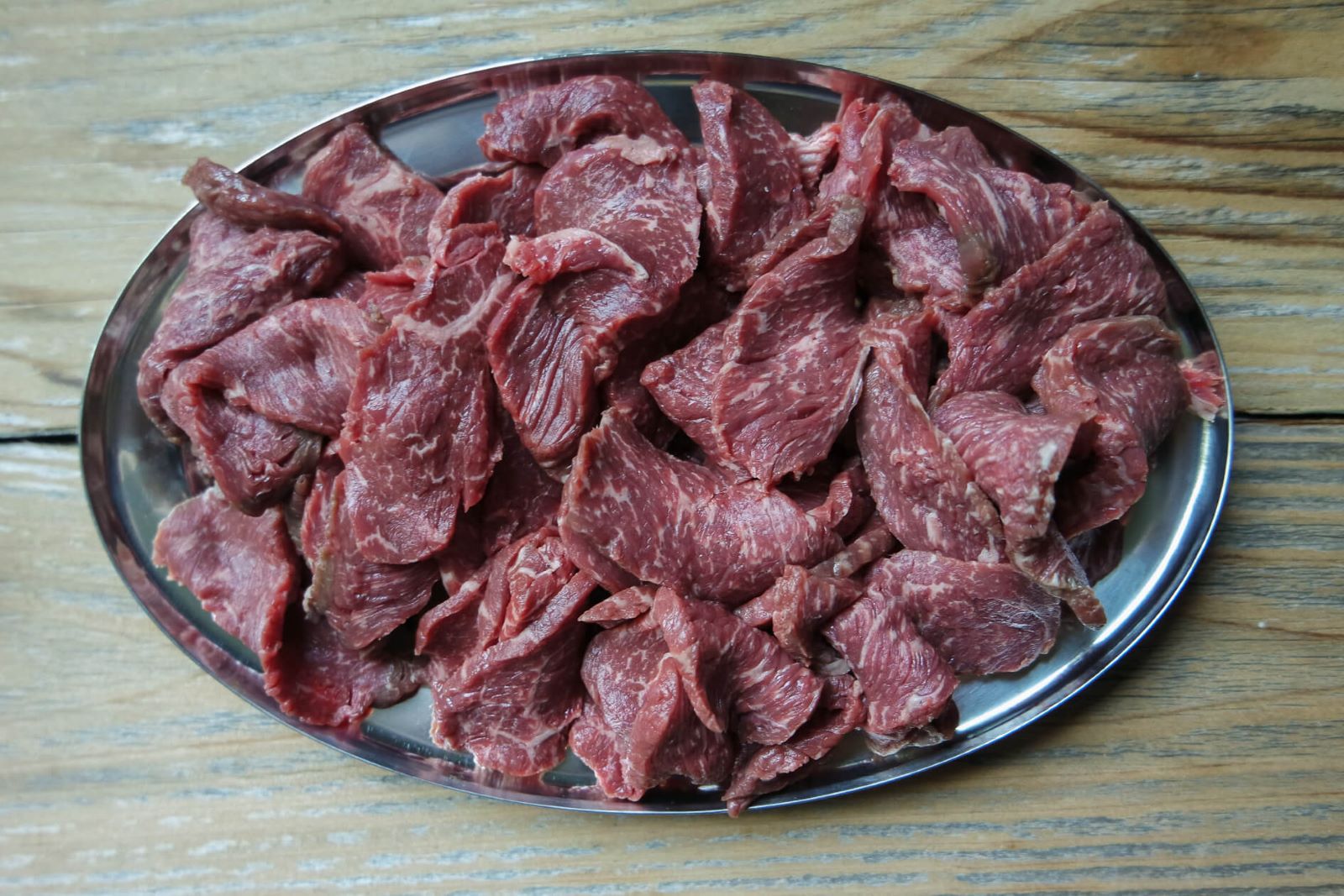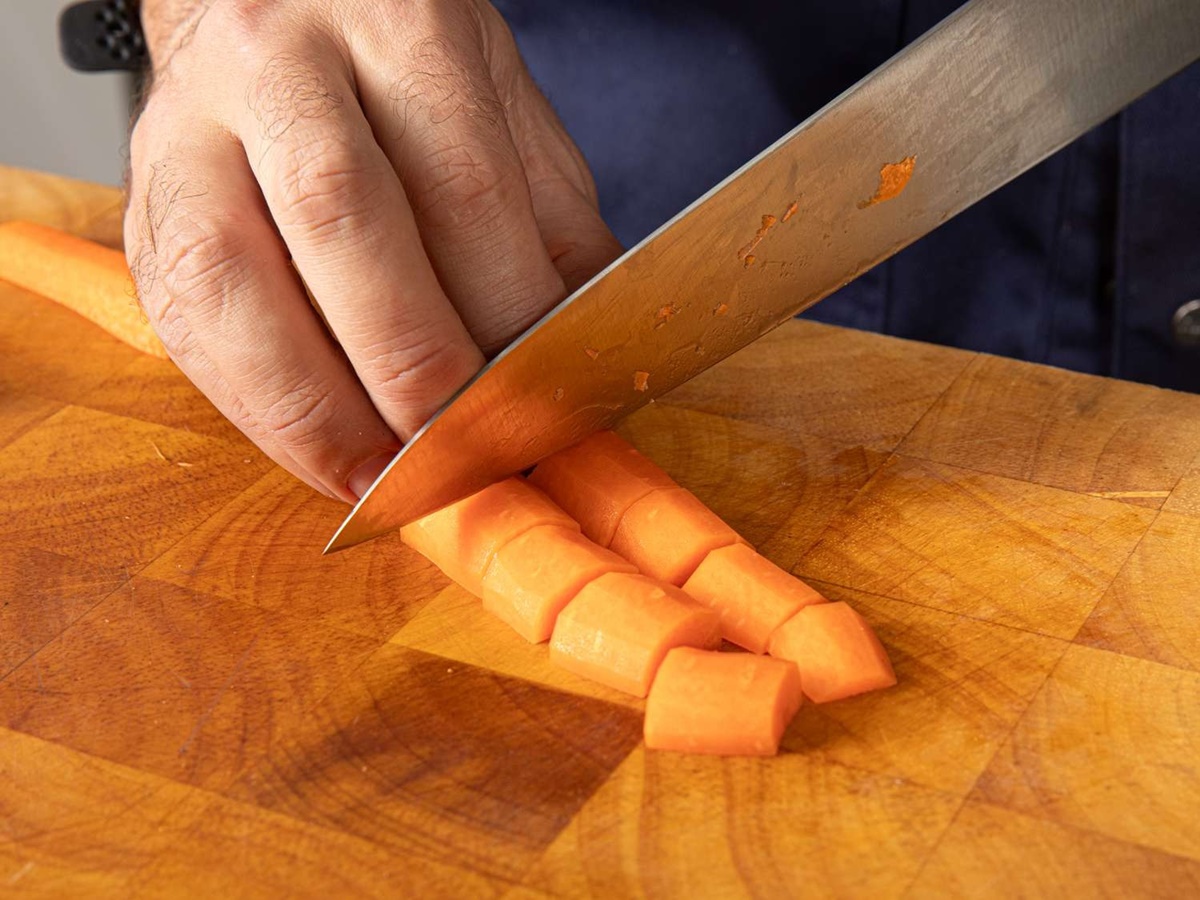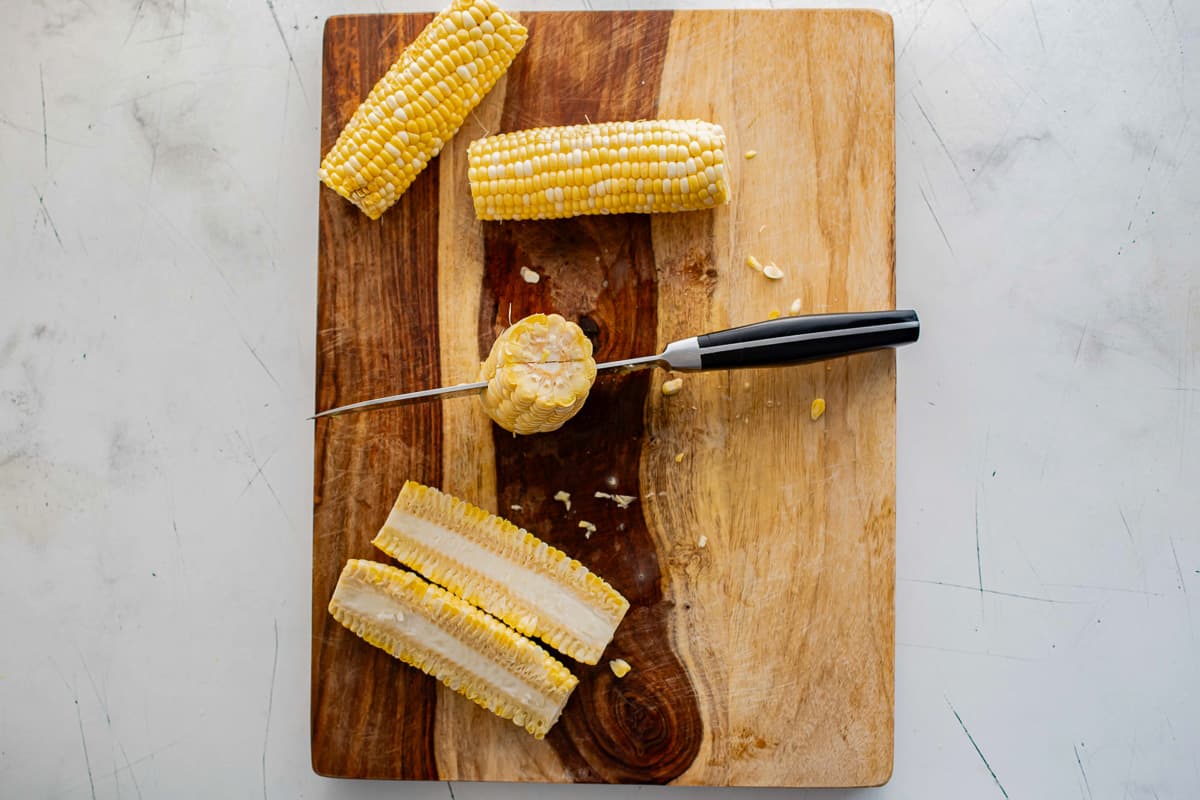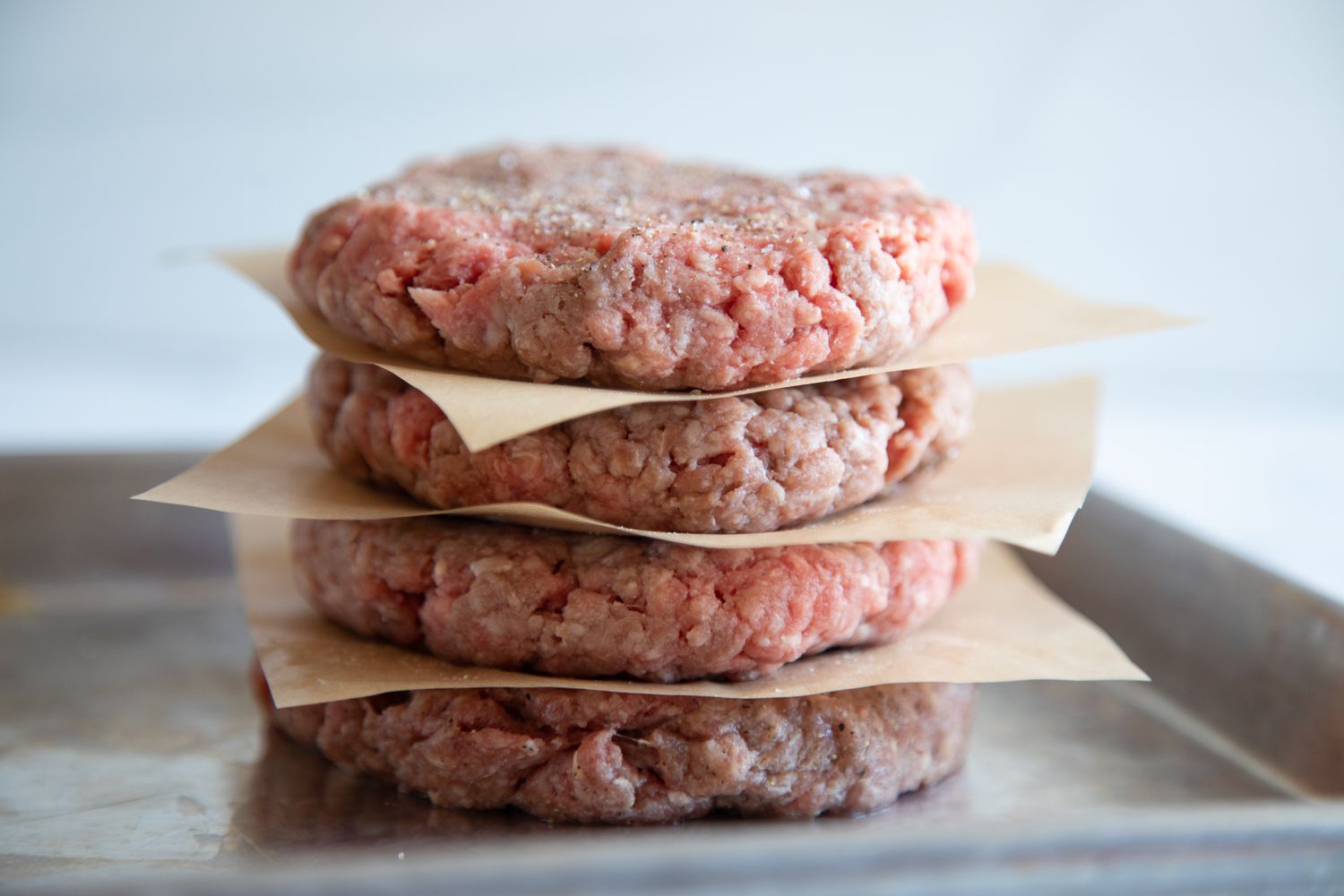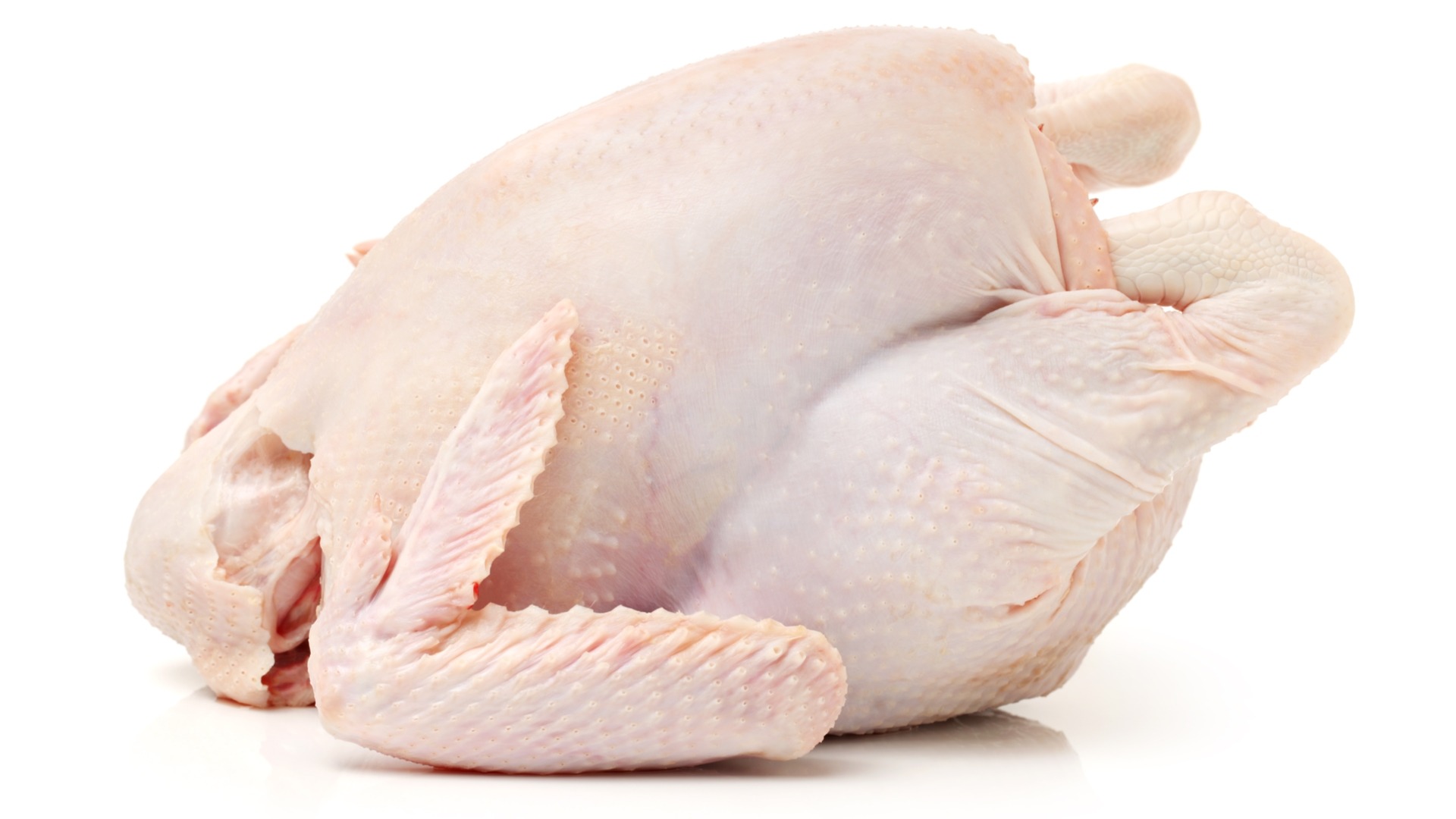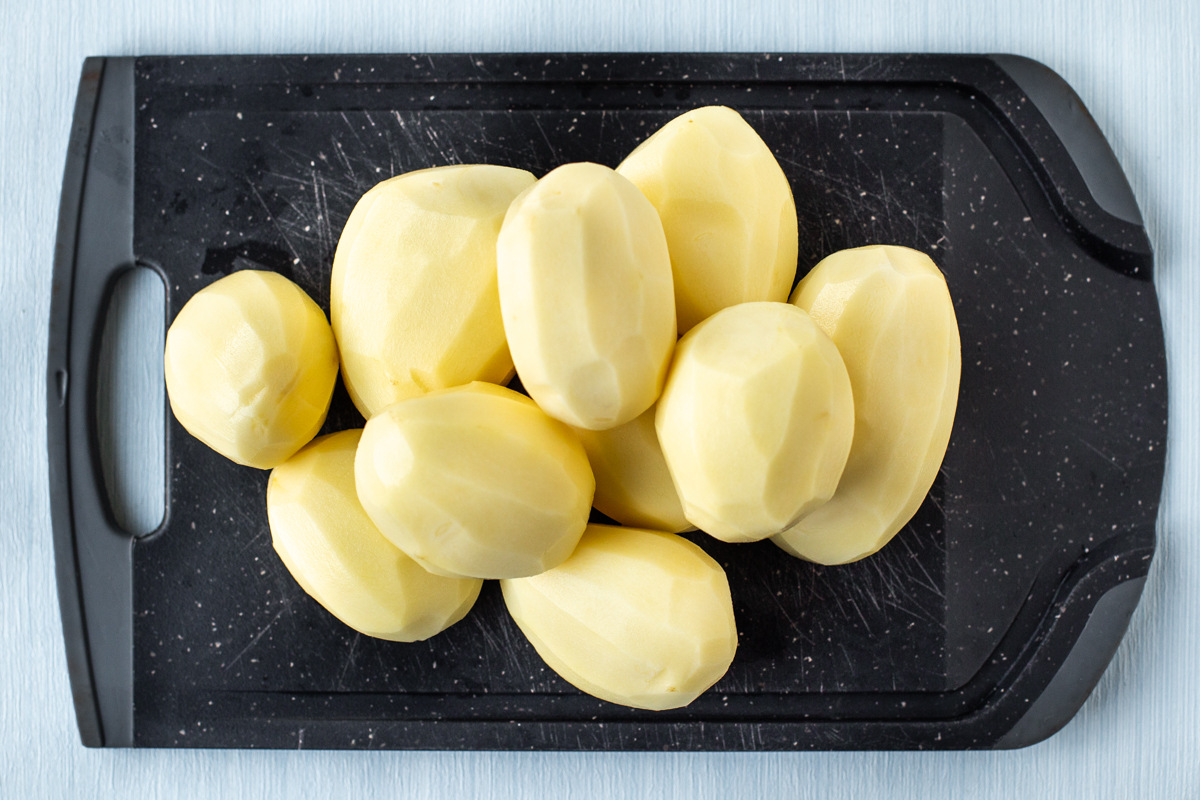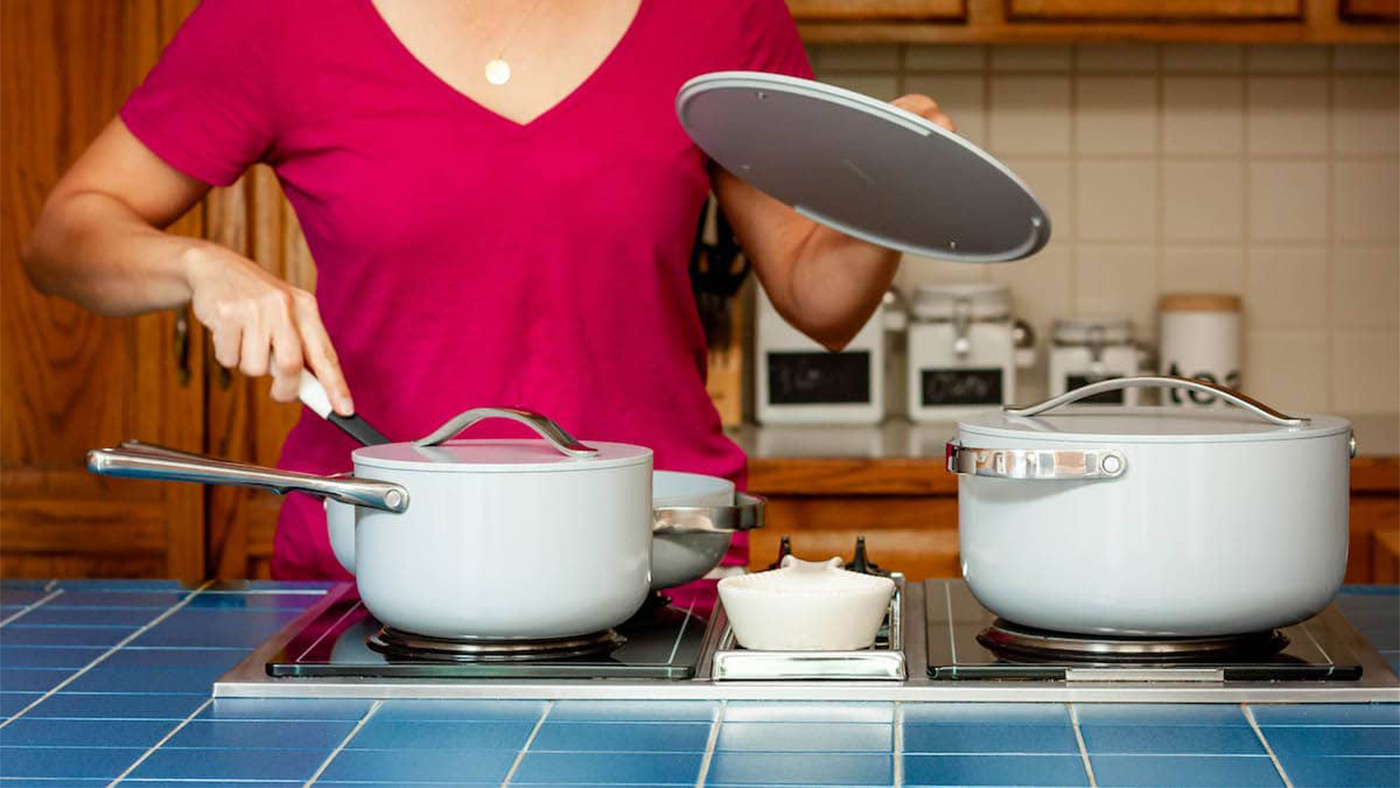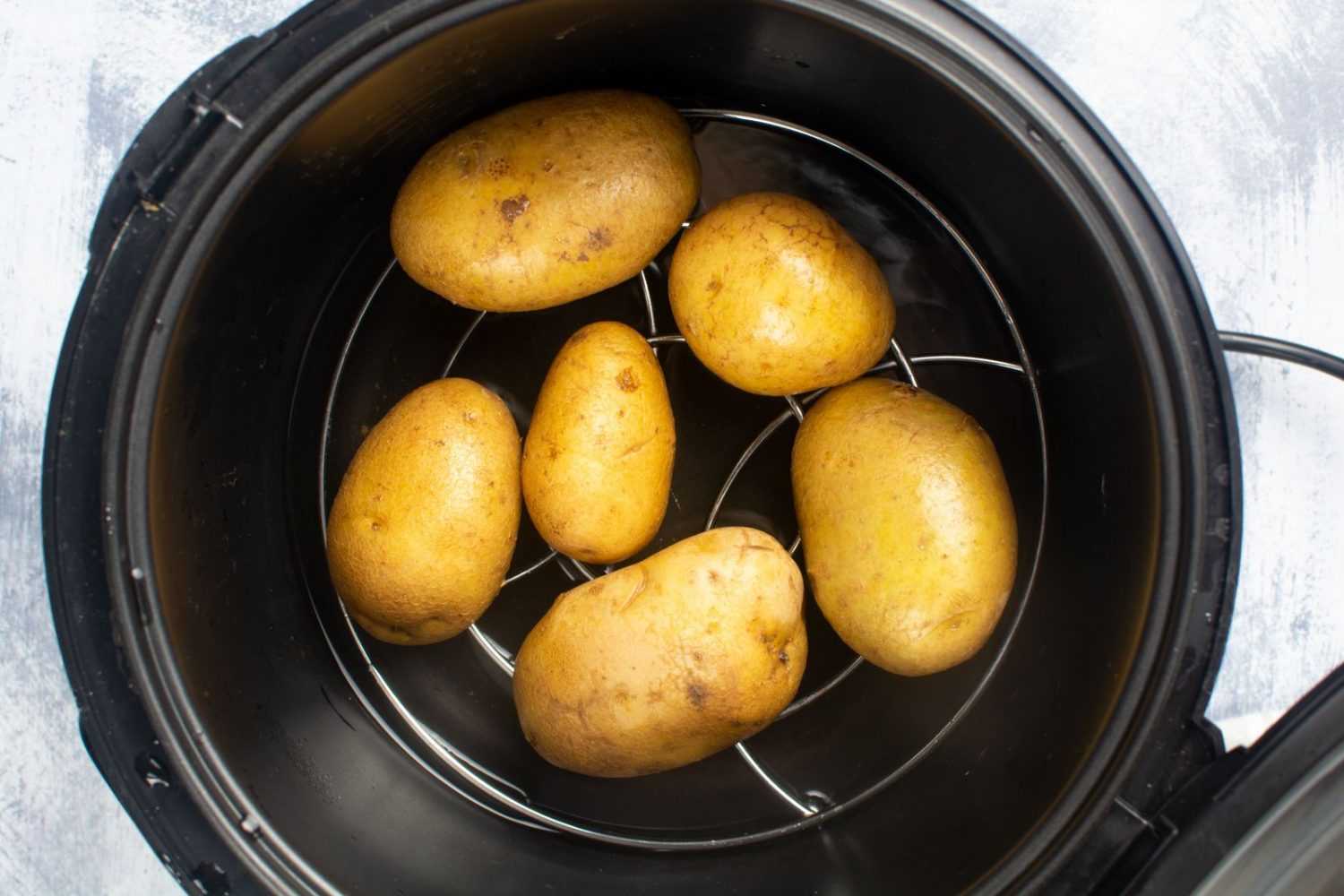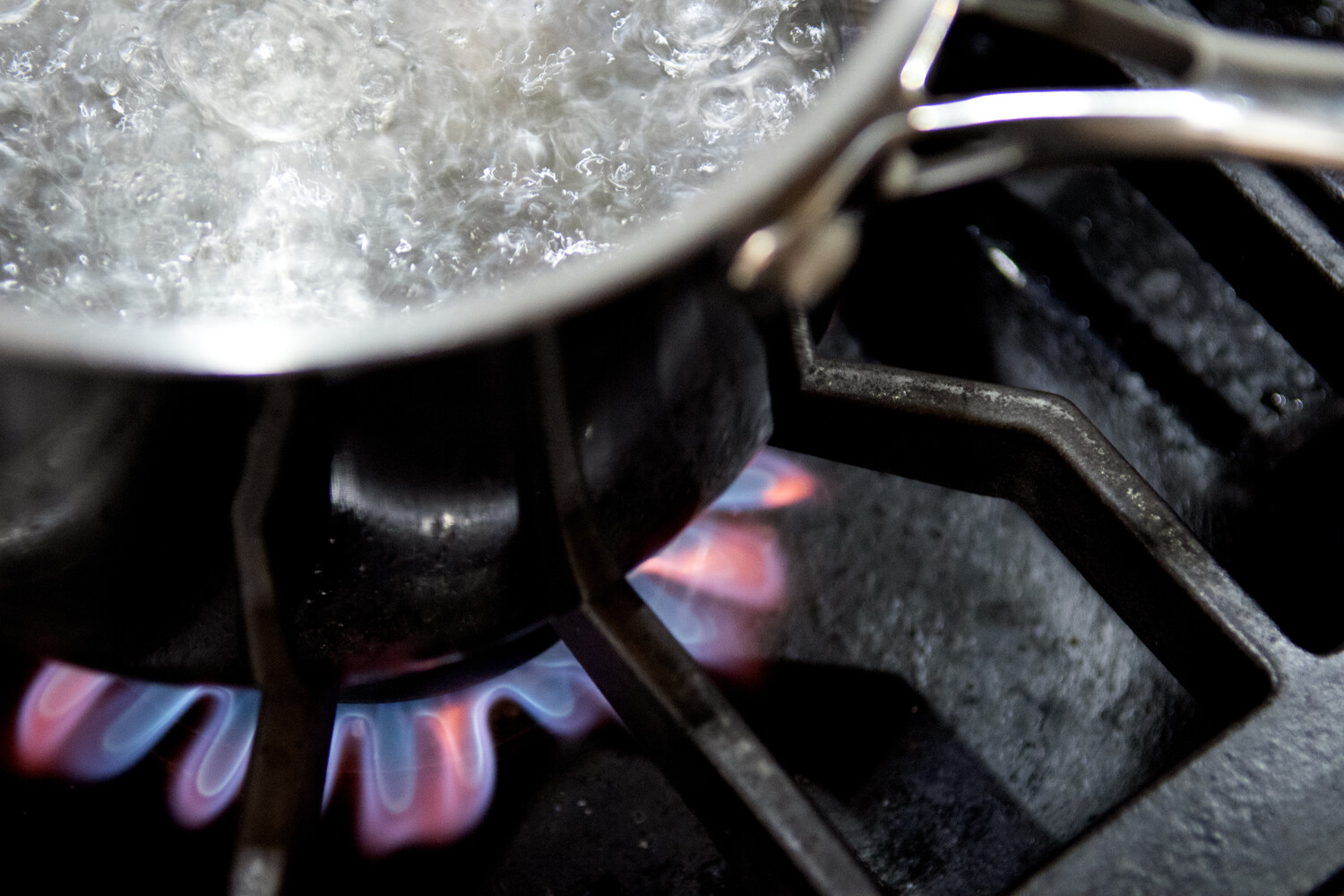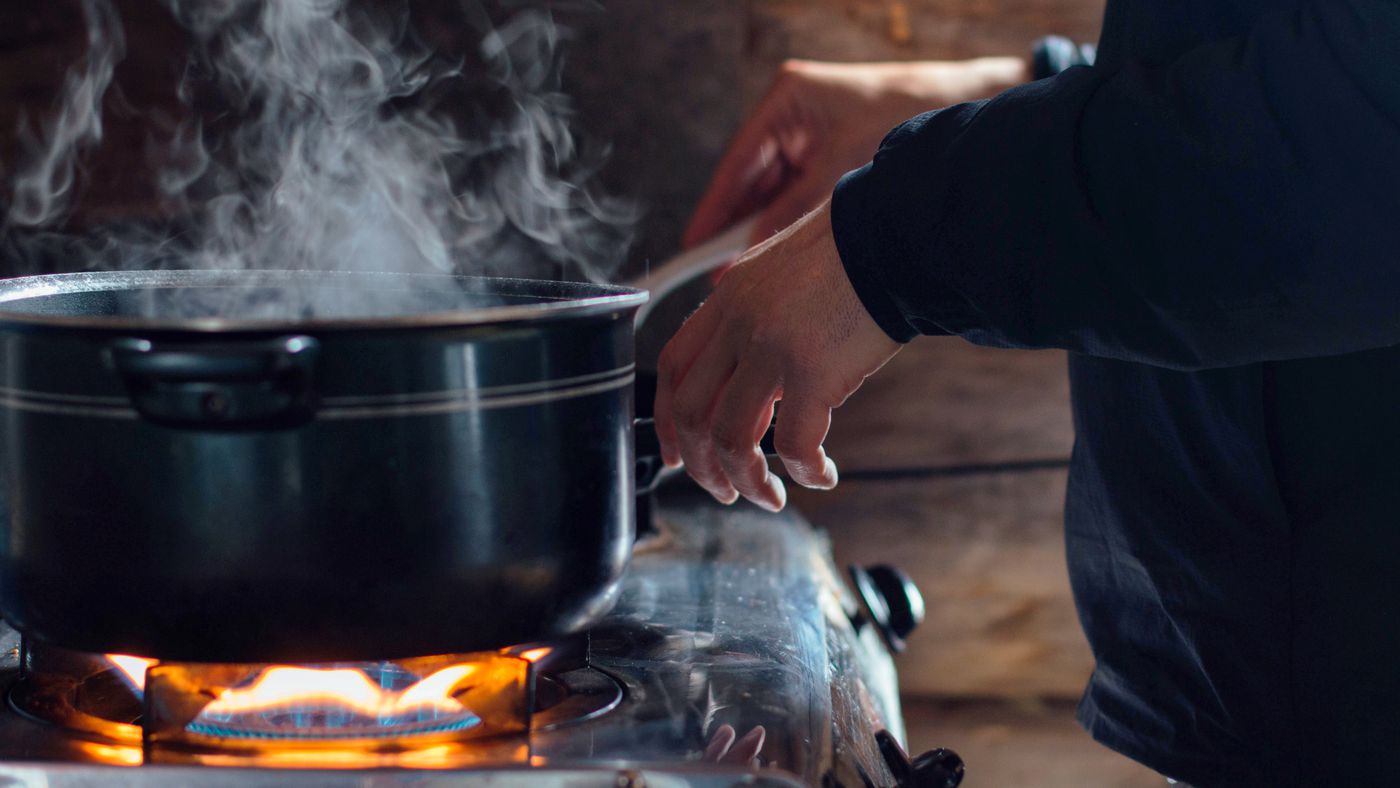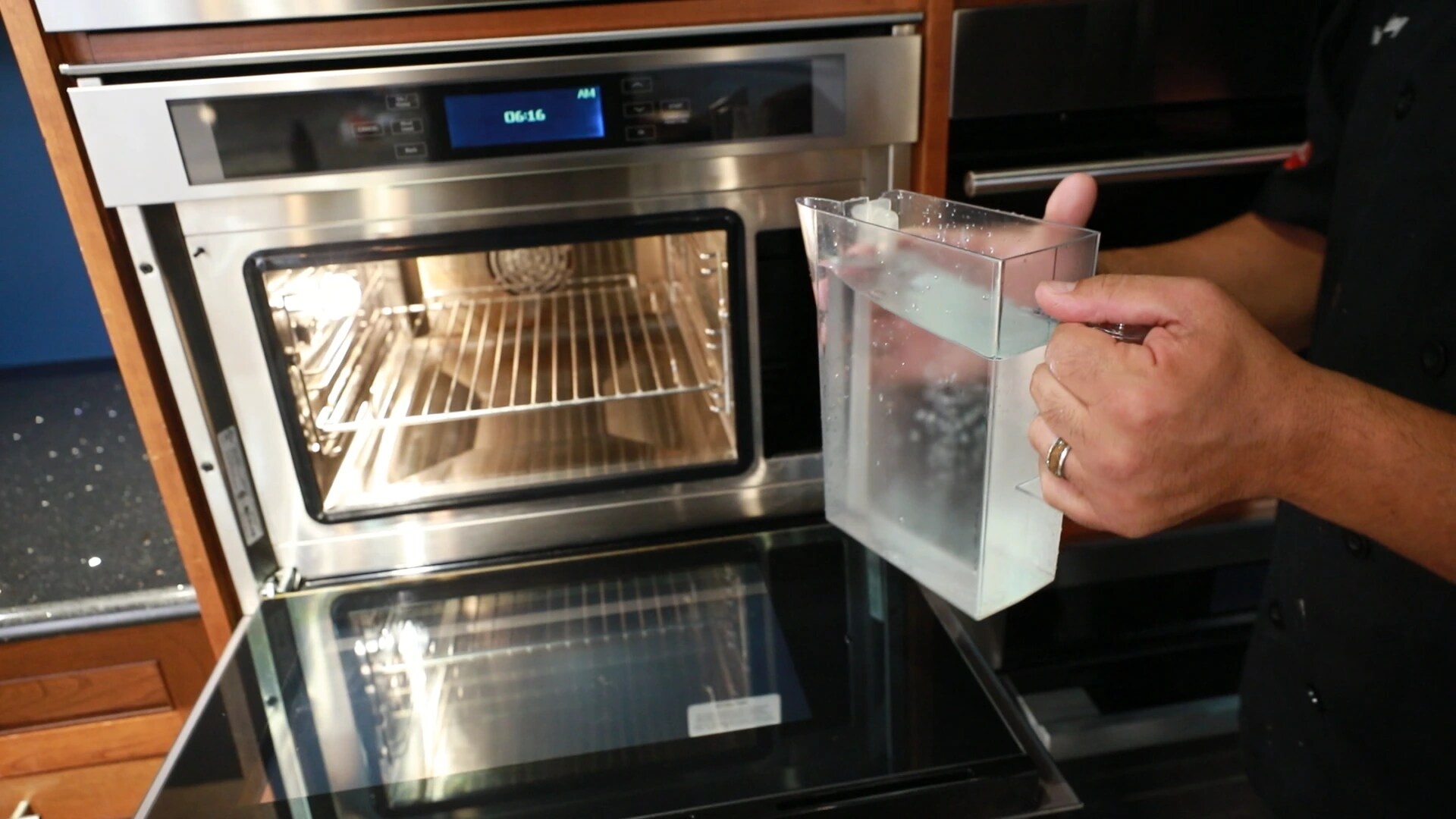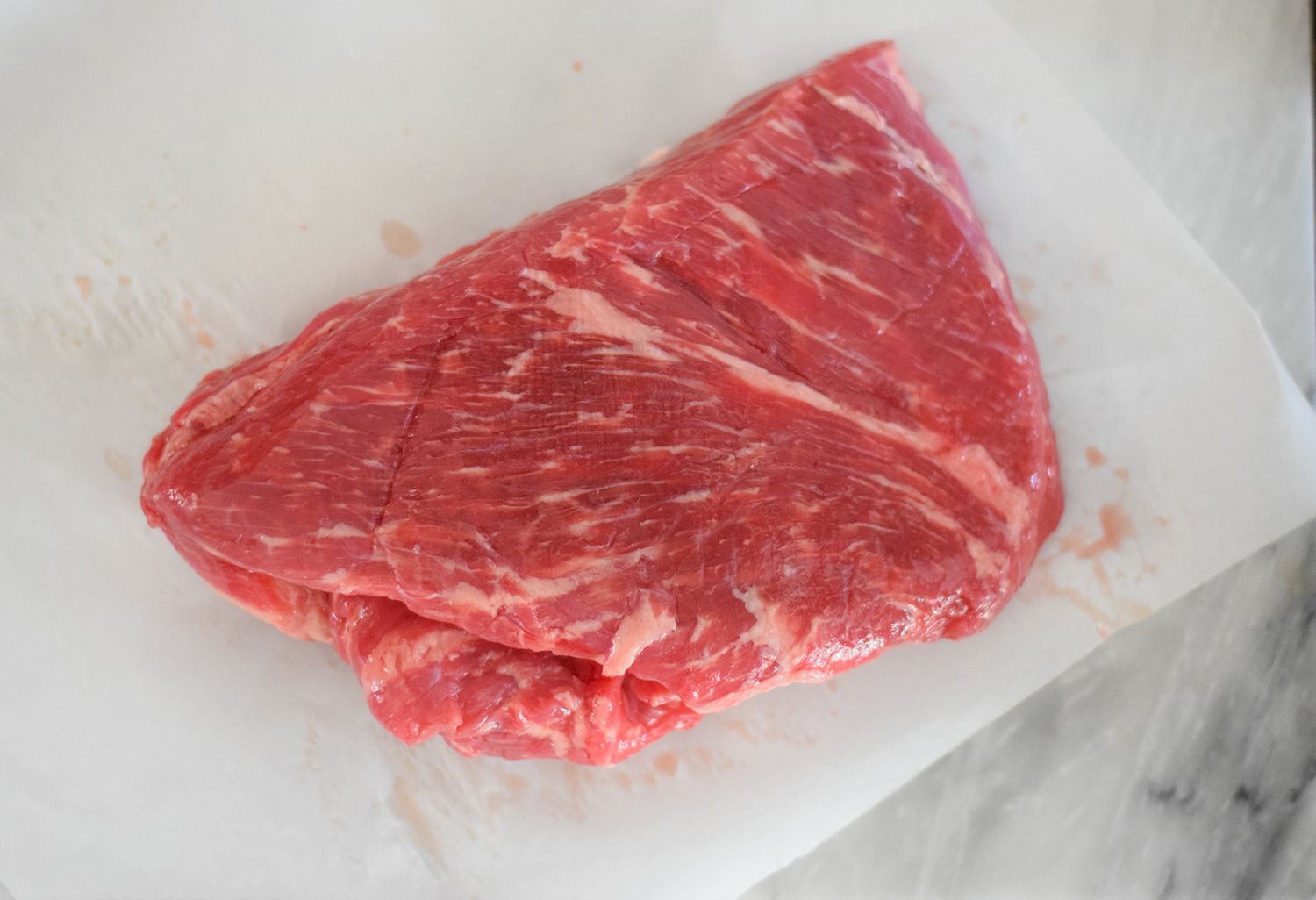How to Master the Art of Cutting a Leg of Lamb
When it comes to cooking a delicious leg of lamb, it all starts with properly cutting the meat. Whether you’re preparing a Sunday roast or hosting a special dinner, mastering the art of cutting a leg of lamb is essential. In this guide, we’ll take you through the step-by-step process to ensure you make the most out of this flavorful cut of meat.
1. Gather the Right Tools
Before you begin, gather the necessary tools to make the process smooth and efficient. Here’s what you’ll need:
- Sharp chef’s knife
- Carving fork
- Cutting board
- Butcher’s twine (optional)
2. Start with the Right Leg of Lamb
When purchasing a leg of lamb, choose a bone-in or boneless cut based on your preference. A bone-in leg of lamb adds extra flavor, while a boneless one makes carving easier. Ensure the meat is properly refrigerated and thawed if frozen.
3. Trim and Season
Prior to cutting, trim any excess fat or silver skin from the leg of lamb. This will not only improve the presentation but also allow for even cooking. Season the lamb generously with your choice of spices and herbs, such as rosemary, thyme, garlic, salt, and pepper. Allow the seasoned lamb to rest for about 30 minutes to let the flavors penetrate the meat.
4. Identify the Major Cuts
Before diving into slicing, it’s important to understand the major cuts of the leg of lamb:
- Topside: The leanest and most tender part of the leg, suitable for roasting.
- Silverside: Slightly tougher but still flavorful, ideal for slow-cooking or braising.
- Shank: A meaty section that’s great for stews or soups.
- Knuckle: A small, round portion that requires a longer cooking time.
5. Carve with Confidence
Place the leg of lamb on a stable cutting board, and follow these steps to carve with confidence:
- Locate the bone: If using a bone-in leg of lamb, find the bone and use it as a guide when carving.
- Slice the topside: With a sharp knife, cut thin slices across the grain of the meat. Aim for uniform slices for an attractive presentation.
- Separate the silverside: Once you’ve carved the topside, identify the seam that separates it from the silverside. Carefully cut along the seam to separate the two portions.
- Carve the shank and knuckle: Cut the shank into individual portions or leave it whole for stews. The knuckle can be roasted or further trimmed and used in stews as well.
6. Serve and Enjoy
Once you’ve successfully carved the leg of lamb, it’s time to serve and enjoy your culinary masterpiece. Pair it with your favorite side dishes and sauces for a truly satisfying meal.
Now that you have the knowledge and steps to cut a leg of lamb like a pro, go ahead and impress your family and friends with your newly acquired culinary skills. Remember, practice makes perfect, so don’t be discouraged if it takes a few tries to get it just right. Happy carving!
For anyone looking to master the art of cutting a leg of lamb, a variety of recipes can be tried to put the newly acquired skills to use. One can start with the Leg of Lamb with Cranberry and Orange Glaze, as its sweet and tangy flavors balance beautifully with the tender meat. Another great option is the Classic Roast Leg of Lamb with Garlic and Rosemary, a timeless dish that highlights the natural flavors of the lamb with a fragrant herb blend. For those who enjoy rich and savory dishes, the Herb-Crusted Leg of Lamb with Red Wine Jus offers a sophisticated take with a robust sauce. Lastly, the Butterflied Leg of Lamb with Chimichurri provides a refreshing twist with a zesty and herbaceous sauce, perfect for a summer meal.
Was this page helpful?
Read Next: How To Cut A Red Onion For Salad
